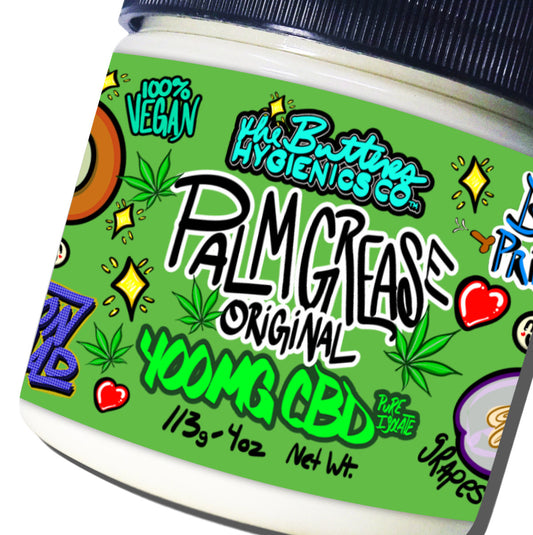
The Paradox of Youth, Sexuality, and the Rise of New Age Homophobia
Share
In recent times, a perplexing trend has emerged among the youth: an increase in homophobia and sex negativity. This phenomenon seems contradictory, given the significant progress made in LGBTQ+ rights and sexual freedom over the years. Yet, the roots of this issue are entangled in a complex web of modern societal developments.
The Power Dynamics and Gender Discourse
One of the critical aspects influencing this shift is the contemporary focus on power dynamics, gender, and sexuality. The rise of movements that emphasize the fluidity of gender and challenge traditional power structures has created a space for positive discourse. However, it has also inadvertently fostered misunderstandings and resistance among some young people. As they navigate these evolving concepts, their reactions can sometimes manifest as a backlash against non-normative sexual identities, including homosexuality.
The Impact of the #MeToo Movement
The #MeToo movement, a critical step in addressing sexual harassment and assault, has also played a role. While it has empowered many survivors and highlighted the prevalence of sexual misconduct, it has simultaneously led to a hyper-awareness around sexual interactions. For some youth, this has translated into a fear of misstepping in their sexual and romantic encounters, occasionally veering into a broader mistrust or wariness of all expressions of sexuality, including those within the LGBTQ+ community.
The Double-Edged Sword of Digital Exposure
The digital age, particularly the ease of access to explicit content like pornography and platforms like OnlyFans, has dramatically impacted young minds. While these platforms can offer a space for sexual expression and exploration, their accessibility to an audience not mature enough to contextualize what they're seeing can lead to misconceptions about sexuality, including harmful stereotypes about gay men being overly sexual.
The Rise of MGTOW & Divestment Movements
Movements like Men Going Their Own Way (MGTOW) and various 'divestment' groups, which often promote disengaging from traditional relationships, also contribute to this trend. Some of these groups harbor and propagate negative sentiments towards LGBTQ+ individuals, further fueling homophobia among their younger adherents.
The Confluence of Factors
These diverse factors have coalesced into a troubling narrative, sometimes painting gay men as hypersexual and reinforcing old, harmful stereotypes. It's a narrative that ignores the rich, varied tapestry of experiences and identities within the gay community and the broader LGBTQ+ spectrum.
Moving Forward
Addressing this issue requires a multi-faceted approach:
- Education and Dialogue: Comprehensive sex education and open discussions about sexuality and gender can dispel myths and promote understanding.
- Positive Representation: Showcasing diverse, non-stereotypical representations of LGBTQ+ individuals in media and literature can counteract negative stereotypes.
- Supportive Communities: Creating safe, inclusive spaces where young people can explore and understand sexuality and gender without judgment or fear is essential.
- Parental and Adult Guidance: Adults, including parents, educators, and mentors, play a crucial role in guiding young people through these complex topics.
The rise of homophobia and sex negativity among the youth is a concerning trend, but it's not insurmountable. Through education, representation, community support, and guidance, we can work towards a more inclusive and understanding society where all expressions of love and identity are respected and celebrated.




